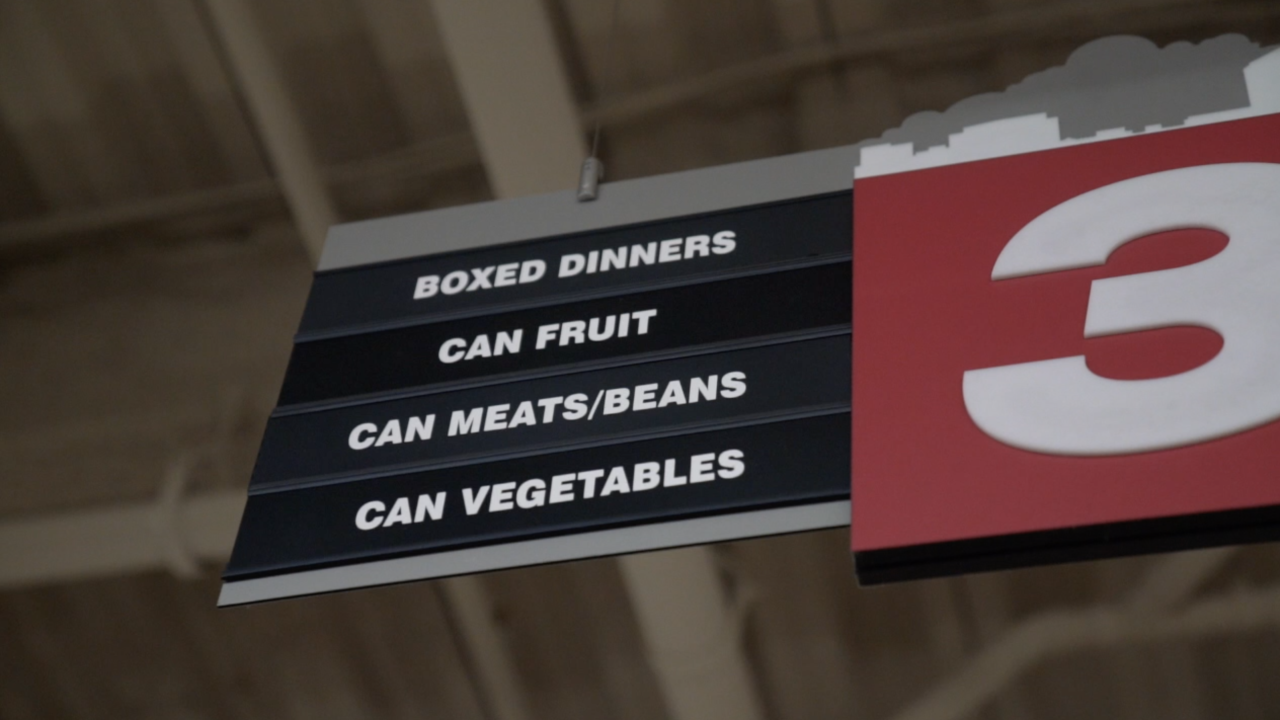PHOENIX — Inflation is the highest it’s been since 1982, and folks across the Valley are certainly feeling it. Some are even saying, money just isn’t going as far as it used to.
Karina Wollangk, a mother of four who has lived in the Valley for nearly 18 years, is one of them.
She is the owner of Down To Get Tacos (DTG Tacos), a catering business that keeps her constantly going in and out of grocery stores.
Wollangk says she's never seen prices this high.
“We’re trying to keep afloat. That’s really what we’re doing,” she told ABC15 when talking about her business.
She says it's gotten so bad that she never knows what the prices will be in the grocery store, on any given day.
“Tomatillo can be $0.99 one day and then it’s $2.99. For small businesses, I think, like us, it’s really killing us,” she said in disbelief.
Greg Barr, with the Phoenix Business Journal, says while U.S. inflation saw a 7% increase from last year, the Valley’s spike was higher.
“In Phoenix, actually, the rate was 9.7%…the second highest in the country,” Barr told ABC15.
A rate, he says, that affects everything.
“Across the country, housing prices are up 5%, but in Phoenix, it’s closer to 10%,” he added.
For food, Barr says it’s the same in Phoenix as the rest of the country, running about 5%-7% higher.
“Gasoline is the biggest one here, where we’re seeing the prices go up more than 50% higher here than other parts of the country…[that are] maybe just under 50%,” said Barr.
He says income isn’t going up as fast. A reality that's also affecting food banks.
“It’s really stark,” said Dave Richins, the President and CEO of United Food Bank.
Richins says, during the summer, they were handing out 15,000-16,000 emergency food bags a month.
“As fall started creeping, we started seeing the inflation hit people’s pocketbooks. We started seeing those emergency food bag numbers go back up. So, we’re back up around probably 30,000 a month,” said Richins.
If demand continues exceeding supply, Barr says, item shortages and higher prices will stick around.
“If the omicron follows the path that people are saying and that it’s going to peak by the end of this month and dissipate quickly, we could see more of a return to normal by the end of February,” added the CEO of United Food Bank.
The thought of that going even longer is daunting to many.
“Ugh, it’s so heartbreaking,” Wollangk told ABC15.
A list of food bank locations across the Valley can be found online.
The United Food Bank is also taking donations online for anyone that is able to contribute.



